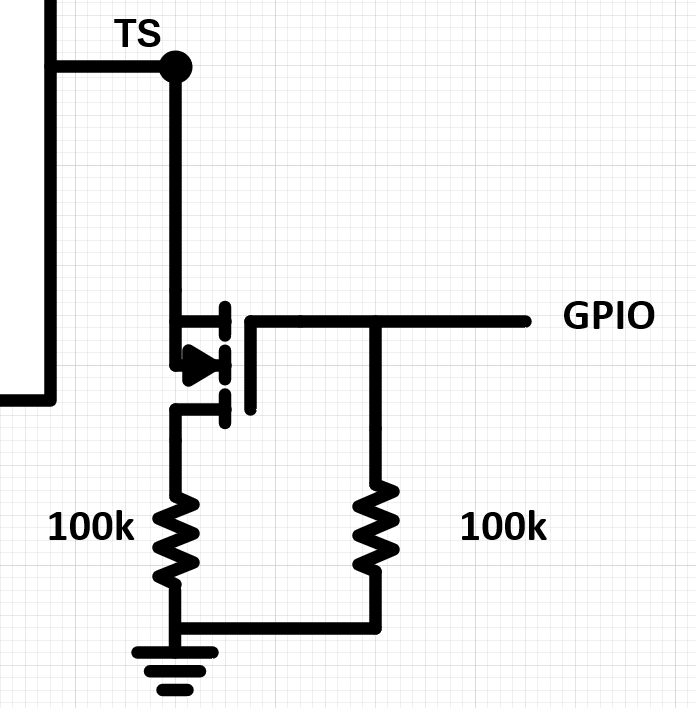Hi,
I want to use BQ24091 to charge 3.7v 2500mAh lithium ion battery. My queries are:
1.In Datasheet BQ24091 out voltage is 4.2. Can i use 4.2 OUT voltage output to charge 3.7V battery placed in J11 connector place. by using 540mA fast charge current.
2.Is it right to interface #CHG to micro controller GPIO to read the status of charging and charge complete. If i can when will i get logic 1 and logic 0.
3.Is it right to interface #PG to micro controller GPIO to read the status of power good or not? or does PG pin has other functions. I have not understood PG pin info. from datasheet
4.Suppose lets think the battery has charged to its maximum capacity does BQ24091 stop supplying/charging the voltage to battery or it continuously supply the charge until i remove power source.
5.6.6V Over-Voltage Protection is present in IC but my battery is only 3.7 does the battery fail/explode because my battery is only 3.7 (or) does the IC detect that battery is fully charged.
6.Do i need to specify my battery voltage capacity to BQ24091
7 Does BQ24091 have provision to disconnect/cut/stop the battery charging from my controller can i do that?


